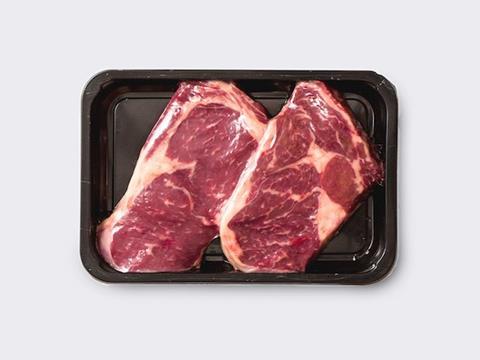
Rose Brooke, editor of our sister magazine European Plastic Product Manufacturer, raises important questions about the UK government's plan to stamp out all 'avoidable plastics' in 25 years.
When our friends at BBC Radio 4 rang earlier this week for a little information about Theresa May's announcement to ban all 'avoidable' plastic waste in 25 years, it was the term 'avoidable' I struggled with.
A vacuum-packed steak has a lifespan of 16 days, while a normal tray/lid gives it just 6-days' shelflife. Imagine the waste if there was no plastic packaging at all.
Single-use plastics are more often than not the waste we stumble upon on the beach - soda bottles, sweet wrappers, carrier bags - but the problem is not that these items are single-use, it is because they have not been disposed of responsibly.
All packaging is single-use. It has been designed to protect a product so it can be transported, stored and displayed effectively before it is taken home by the consumer where the product can be put to use. This applies to everything from televisions to tuna steaks.
If you remove single-use packaging, what do we have instead? No packaging? I imagine the supermarkets will take a hit if their supplies routinely spoil before they are purchased because the lifespan of the ingredient is curtailed due to the fact we have banned vacuum packaging. And the need to buy in more stock will surely mean price rises are passed along to customers?
Denkstatt data has revealed that a vacuum-packed sirloin steak has a 16-day shelflife - and that's in the best-quality plastic packaging available. Alternatively, a tray-lidded packet will see the steak go off after six days. Vacuum packaging therefore has the potential to reduce food wastage to just 18 per cent from the current average of 34 per cent - and that figure will be even higher if the steak cannot be packaged in plastics at all.
It is data such as this that is missing from the mainstream media dialogue about plastics. Why is nobody asking 'why do we need these plastics in the first place?', therefore making the argument for correct sorting and recycling easier to justify in terms of investment and effort? Surely, understanding the science of plastic packaging is going make it easier for consumers to reconcile in themselves that their weekly shop is not poisoning the planet with more rubbish, and in fact in many cases is shrinking their carbon footprint rather than growing it.
So we return to the term 'avoidable'. There are clear examples of when plastic is avoidable - take the film-covered coconut we all had a good laugh at in the news this week, or M&S's bright idea of an elaborately packaged and over-priced 'cauliflower steak' - but what 'avoidable' seems to refer to in this instance is packaging. Full stop.
Plastic carrier bags and coffee cups should be levied to deter routine usage and casual disposal, but demonising all plastic packaging is as unnecessary as it is short-sighted.
By sticking to the principals of designing packaging for recycling, investing in proper kerbside collection services (we are spoilt in my corner of England where the council makes it very easy to sort at home, with regular collections), investing in new sorting technology and incentivising the usage of recycled plastic materials, we are going to make the biggest impact in reducing the amount of waste plastic in the environment. Vilifying an entire material and forgetting about the chemical engineering, investment in efficient machinery that has been developed by some of the finest brains on the planet, market research and the reason why all of this has come together in the first place, is being totally forgotten.
Read the original article in EPPM here: www.eppm.com/blogs/editors-blog/when-is-plastic-avoidable/










